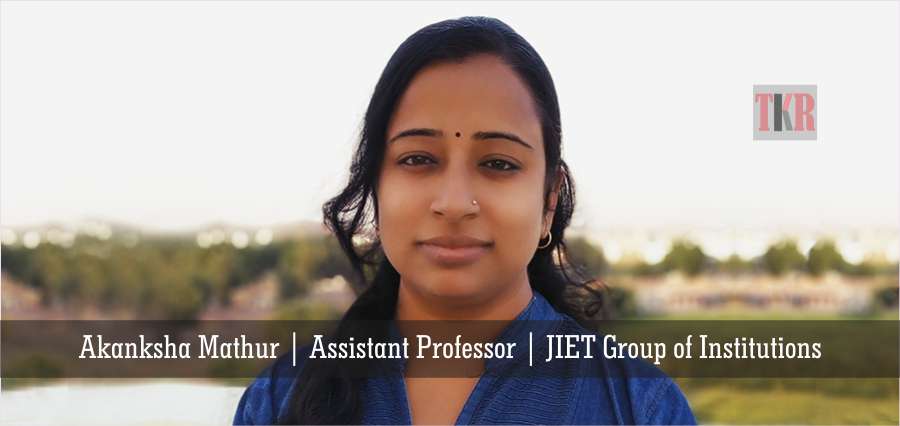According to Leo Buscaglia, “Change is the end result of true learning”. The changes in our education system and Institutes are the best example of this quote. Digital Transformation in the education system means to integrate the digital technologies of the present era to deliver the knowledge to the students and to accomplish all the operational tasks. Educational Institutes have changed their methodologies of teaching from classrooms based study to virtual classrooms and mobile app based education, their core administrative process, and their day-to-day operations from rich paperwork to digitally and electronically, their process of student enrollment to their attendance maintenance and student examination and their evaluation and the list goes on. As our world is moving towards the digitalization, Educational Institutes have changed in a number of areas.
Core Administrative Work:
All the administrative tasks like payment to faculties, student admission process, fee collection, circulars, and all the necessary arrangements can be done online by using emails or by using one software. The digitalization can be implemented in the Institutions by using different software for different work or one cloud-based software which can perform each and every task and store the data on the cloud. Data on the cloud can give the accessibility of the data to each and every authorized person for the same. This will help the institutes to enhance their operations and management skills and keep the management updated and competitive.
Maintaining Regularity:
Earlier to mark the attendance of students and faculty members as employees, attendance registers are needed to be maintained (i.e. Paperwork). Now, this attendance of students can be maintained by the faculty members in their mobile phone apps or by using any other software at the runtime and the collaborative attendance can be viewed by the student and other faculty members anywhere and anytime. Similarly, the attendance of each and every faculty members can be maintained by using the biometrics (Fingerprint and facial recognition)
Assignments:
Assignments gave and submissions become very easy both for the faculty members and for the students too. A faculty can give any type of assignments to the students online and students can submit their assignments. Faculties are able to evaluate the assignments and can provide the feedback and the marks to them with the extra tips that will help the student in the near future.
Teaching Impairments:
Institutes are using different technologies to compete with online education alternatives. They are blending a mixture of Classroom teaching. Video-based learning, mobile based learning and presentation based learning for the students. This will help in increasing the credentials to the different institutions and gain the name of Hi-tech institutions. This will enhance the learning experience of the students. This will create a successive way to cope up with the recent era. This will help to improve success rates and help students to go through the education faster, and streamline the system and reduce tuition costs for students. Digitalization measures improve the learning and success rates for the students and also help the faculties to regularly upgrade their teaching skills to impart the knowledge of recent technologies according to the market.
24 X 7 Online Tutoring:
Every student has its own strengths and weaknesses. Every student is not good enough to ask their doubts in front of so many students in a classroom-based teaching or in a group. So, the institutes are providing the facility of online 24 X 7 tutoring system through mobile apps, software or any other website. By using this facility student can easily interact with the concerned faculty or expert of the topic and can clear their doubts in-personal. This can be marked as personalized learning. The days of students writing book reports and painstakingly sharing variations of a single task are being replaced by a personalized approach.
Advantages of Digital Transformations:
- Students can develop the interest in self-learning as they are online resources full of information.
- As the technology is going advanced day-by-day and by using these technologies, students and faculties are keep them updated according to the requirements. This will help faculties to create the concept of active learning methodologies and live examples to provide the better understanding of each and every topic.
- Practical training and videos help the students and faculties to provide the practical scenario of each and everything so that they can relate the topics and concepts to the real world scenarios.
- Teachers are using advanced methodologies to each like power-point presentations, video and audio lectures instead of talking, chalk, board, and duster which will provide a good way of presentation of everything.
Disadvantages of Digital Transformations:
- Digital technologies and the internet provide a solution to every assignment solution. Rather than solving any question by taking initiative they just find out the solution to each and every problem which will lead to the disinterest in the self-study. They will also not focus on studying the basic concepts.
- While studying, students can start playing games and online videos which can distract them from their education.
- This can affect the overall performance and overall values and ethics.
About the Author
Akanksha Mathur is an academician, working as an Assistant Professor in JIET Group of Institutions. She has overall 7 years of experience with one year of Corporate Experience. She is expertise and researcher in Data Security and Cryptography. She has delivered a number of corporate training on different technologies.









